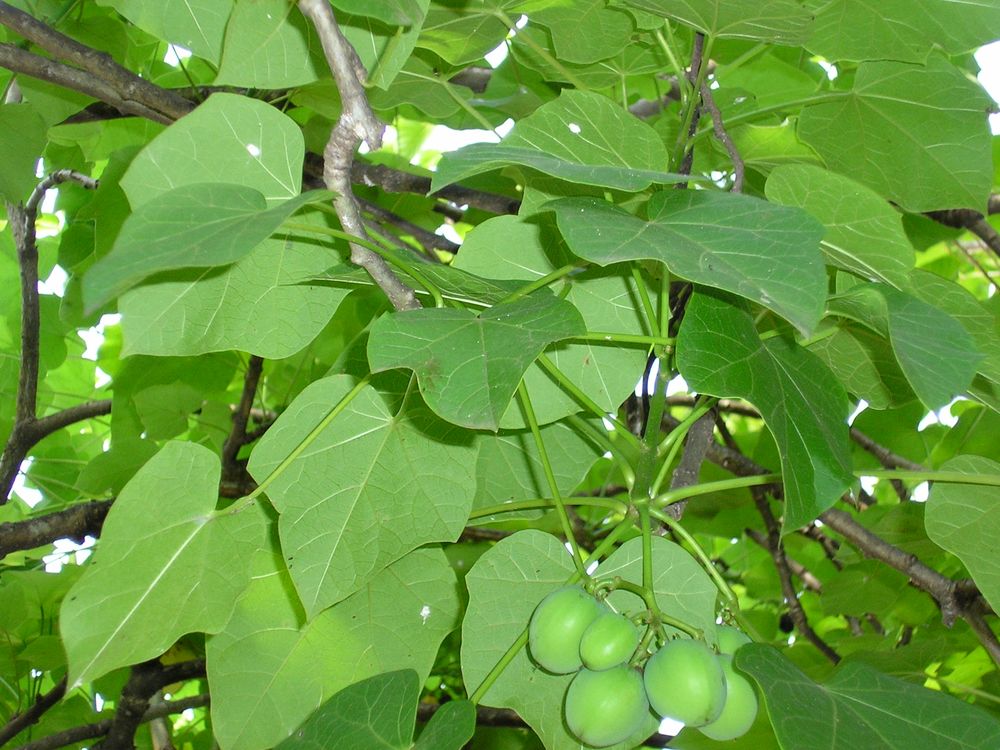
Oleovest Pl
Add a review FollowOverview
-
Founded Date 1941.08.02.
-
Sectors Health Care
-
Posted Jobs 0
-
Viewed 4
Company Description
A Brand-new Generation Of Biofuels

In recent history biofuels such as biodiesel and bioethanol have actually become big company around the world. Many countries have taken a keen interest in their continued manufacture and usage, consisting of developing countries such as Brazil which is seen as a world leader in biofuel advancement. Even smaller countries such as the UK presently use around one and a half million litres of biofuel a year and aim to increase this three-fold within the next 10 years.
But wait, there’s a problem.
There is nevertheless a considerable problem; with the increase in appeal of biofuels as has the level of criticism increased. From the „food versus fuel” dispute, links to food cost boosts and effect of water resources to issues over deforestation and loss of biodiversity there are installing challenges for the fuel to get rid of.
But there is intend to be found in a variety of technologies broadly described as second generation biofuels. Such fuels are produced from sustainable feedstock rather than the generally editable crops used in first generation biofuels (sugarcane, corn etc.) thus preventing a number of the concerns discussed formerly.
Wish for the future
One such innovation is Algae Fuel, which can produce as much as 3 hundred times more oil per acre than traditional crops along with growing twenty to thirty times quicker. As if these benefits weren’t considerable enough it is also possible to cultivate algae on traditionally unusable land such as land stricken by drought or including very high levels of saline.
Another extremely promising fuel is Cellulosic Ethanol which is merely produced from non-edible parts of plants (or certainly lawns and other plants that are inedible). This fuel source shares some benefits with Algae fuel such as high per-acre performance but has the special advantage that no special growing is required. Cellulose is consisted of in virtually all plants growing throughout the world.

Or should that be expect today?
These may seem like science-fiction but the truth of the matter is that by 2008 the United States was already producing twelve million litres of fuel from cellulosic ethanol with production centers capable for producing an additional eighty million gallons per year in development.
There is much to be thrilled about in the Biofuel industry from both an organization and eco-friendly point of view and continued growth particularly in 2nd generation innovations seems ensured. Such fast grown represents an interesting time for alternative energy production.
To keep up with the newest advancements and market forecasts for alternative energy and biofuels it’s recommended the reader accept professional biofuel market analysis.
